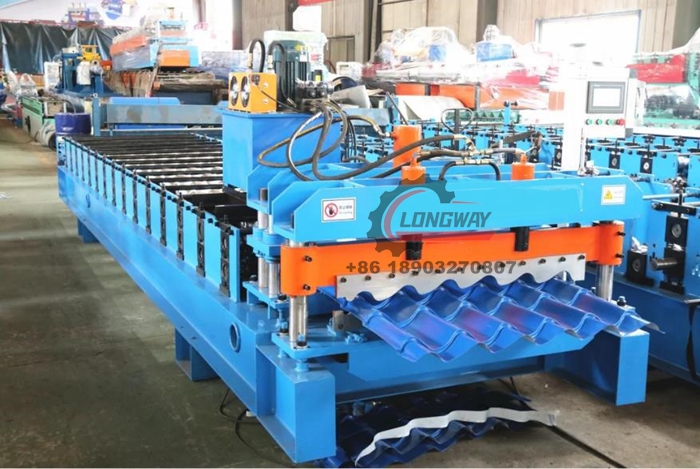Design and Functionality of Cold Bending Roll Forming Equipment in Modern Manufacturing
Cold Bending Roll Forming Machines Innovating Metal Processing
In the ever-evolving world of metal fabrication, cold bending roll forming machines play a pivotal role in shaping materials into various profiles with precision and efficiency. These machines are essential in industries such as construction, automotive, and manufacturing, where specific metal shapes are a necessity for functional and aesthetic purposes.
The cold bending process involves shaping metal sheets or strips at room temperature, which maintains the material's inherent strength and structure. Unlike hot bending processes, where heat is applied to make the metal malleable, cold bending does not compromise the metal’s physical properties. This technique allows manufacturers to produce parts that are not only strong but also exhibit excellent surface finishes.
Cold bending roll forming machines are designed to take flat metal sheets and progressively shape them through a series of rollers. Each stage of the process gradually forms the metal into the desired profile. The efficiency of this process is evident in its ability to produce long lengths of consistently shaped materials without requiring extensive rework or waste. With the capability of shaping materials like steel, aluminum, and other alloys, these machines are extremely versatile and invaluable in various applications.
One of the significant advantages of cold bending roll forming machines is their ability to handle continuous production. Once set up, these machines can run for prolonged periods, creating consistent profiles at high speeds. This attribute significantly reduces production costs and time, making it a preferred choice for manufacturers looking to optimize their output. Additionally, the automation features available in modern roll forming machines further enhance efficiency by minimizing human intervention and potential errors.
cold bending roll forming machine

Another remarkable feature of cold bending roll forming machines is their adaptability
. They can be designed to produce a wide range of profiles, including simple shapes like angles and channels, as well as more complex forms used in sophisticated architectural applications. This adaptability means that manufacturers can respond rapidly to market demands and customize their production lines accordingly.Maintenance and operational ease are also crucial factors in the effectiveness of cold bending roll forming machines. Regular maintenance ensures that the machinery operates at peak efficiency, reducing downtime and prolonging the machine's lifespan. Moreover, the design of many roll forming machines allows for straightforward operation, enabling operators to quickly learn the system and ensure high-quality output.
The environmental impact of metal processing is a growing concern, and cold bending roll forming machines contribute positively in this area as well. The cold bending process generates less waste compared to traditional methods, as it allows for precise control over material usage. Additionally, the lack of heating required means that energy consumption is significantly lower, making this method more sustainable.
In conclusion, cold bending roll forming machines symbolize innovation in the metal processing industry, offering efficiency, versatility, and sustainability. As industries continue to evolve, the demand for high-quality, precision-formed metal products will likely increase, ensuring that these machines remain at the forefront of manufacturing technology. For companies striving to improve their production capabilities while meeting modern standards, investing in advanced cold bending roll forming machines represents a strategic move towards success in an increasingly competitive market.
-
Roof Panel Machines: Buying Guide, Types, and PricingNewsJul.04, 2025
-
Purlin Machines: Types, Features, and Pricing GuideNewsJul.04, 2025
-
Metal Embossing Machines: Types, Applications, and Buying GuideNewsJul.04, 2025
-
Gutter Machines: Features, Types, and Cost BreakdownNewsJul.04, 2025
-
Cut to Length Line: Overview, Equipment, and Buying GuideNewsJul.04, 2025
-
Auto Stacker: Features, Applications, and Cost BreakdownNewsJul.04, 2025
-
Top Drywall Profile Machine Models for SaleNewsJun.05, 2025








